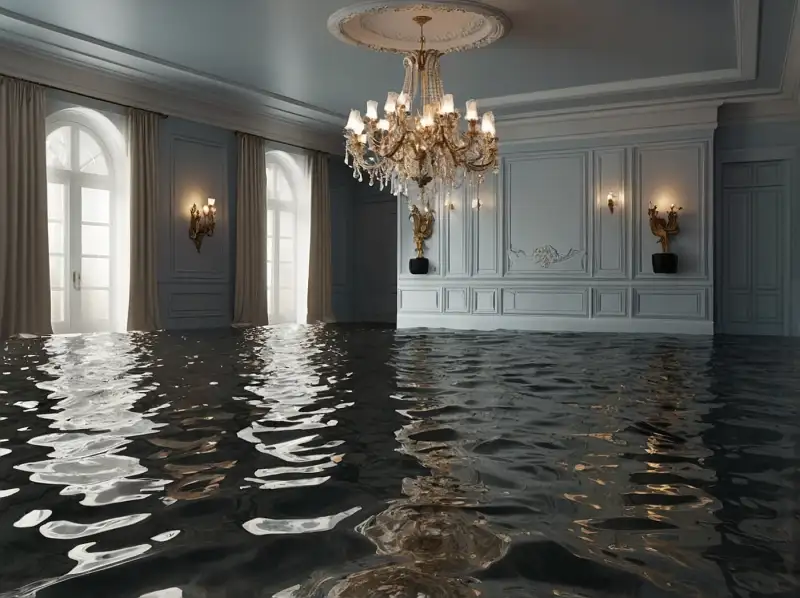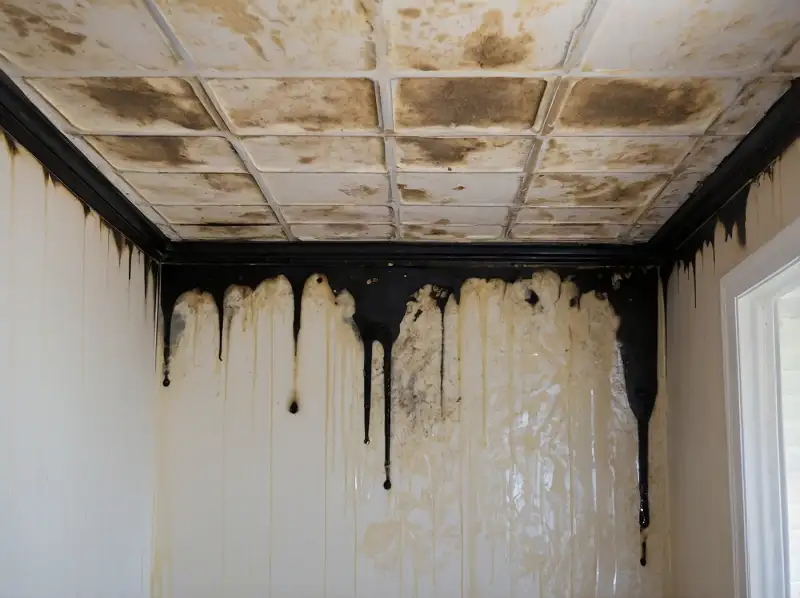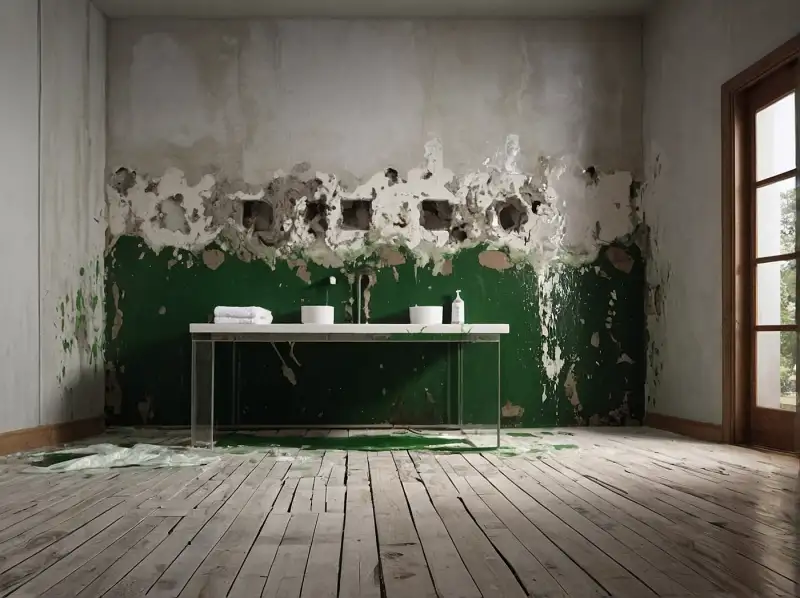
28
Aug
Essential Water Damage Restoration Tips for Springdale Residents
When water damage strikes, whether from a burst pipe, heavy rainfall, or a sewage backup, the clock starts ticking. For residents of Springdale and surrounding areas like Rogers and Bentonville, knowing how to respond quickly can mean the difference between a minor inconvenience and a major catastrophe. This post covers essential water damage restoration tips to help you protect your home and health.
Understanding Water Damage: What You Need to Know
Water damage can be categorized as either clean water, grey water, or black water. Clean water comes from sources like broken pipes, grey water from appliances like washing machines, and black water from sewage or flooding. It’s crucial to identify the type of water damage as it dictates the restoration process.
Step 1: Act Quickly
Time is of the essence when dealing with water damage. The longer water sits, the more damage it can cause—leading to mold growth and structural issues. If you experience flooding, follow these steps:
- Turn off the water source: If applicable, shut off the water supply to prevent further flooding.
- Call for help: Reach out to a professional water damage restoration service, like our expert team.
- Document the damage: Take pictures of the affected areas for insurance purposes.
Safety First: Protecting Yourself and Your Property
Before entering any flooded area, prioritize safety. Ensure that electricity is turned off, and wear protective gear such as gloves and boots. If the water is contaminated (grey or black), it’s best to leave the cleanup to professionals.
Step 2: Start the Drying Process
Once it’s safe to enter, begin the drying process as soon as possible. Here are practical tips:
- Open windows and doors: Increase airflow to help dry out the affected areas.
- Use fans and dehumidifiers: These can significantly speed up the drying process.
- Remove standing water: Use mops or a wet/dry vacuum to eliminate as much water as possible.
Preventing Mold Growth
One of the biggest risks after water damage is mold growth. In the humid climate of Springdale, mold can develop within 24 to 48 hours. Here’s how to prevent it:
- Keep humidity levels low: Use dehumidifiers to maintain indoor humidity below 60%.
- Remove wet materials: Discard carpets, drywall, and insulation that have been soaked and cannot be adequately dried.
- Contact a mold remediation expert: If you suspect mold growth, don’t hesitate to contact our restoration experts.
Step 3: Repair and Restore
After the area is thoroughly dried and any mold issues are addressed, it’s time to start repairs. This could include:
- Replacing drywall or flooring
- Painting and sealing affected areas
- Restoring personal items affected by water damage
Insurance Claims: Don’t Leave Money on the Table
Understanding your homeowner’s insurance policy is vital when dealing with water damage. Document all damage and keep receipts for any repairs or temporary fixes. Many policies cover water damage restoration, so don’t hesitate to file a claim.
Conclusion: Get Your Fresh Start Today
Water damage can feel overwhelming, but with the right steps, you can restore your home and peace of mind. Remember, if you find yourself in a tough situation, contact our restoration team in Springdale. Our certified experts are here to help you navigate the restoration process and ensure your home is safe and sound.
For more information on our services, including water damage restoration, mold remediation, and fire damage recovery, visit our website or reach out today!



